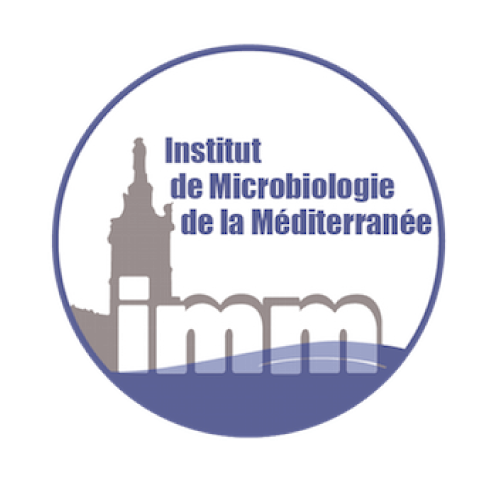
Bacteria have evolved sophisticated mechanisms to deliver potent toxins into bacterial competitors or into eukaryotic cells in order to destroy rivals and gain access to a specific niche or to hijack essential metabolic or signaling pathways in the host. Delivered effectors carry various activities such as nucleases, phospholipases, peptidoglycan hydrolases, enzymes that deplete the pools of NADH or ATP, compromise the cell division machinery, or the host cell cytoskeleton. Effectors categorized in the family of polymorphic toxins have a modular structure, in which the toxin domain is fused to additional elements acting as cargo to adapt the effector to a specific secretion machinery. Here we show that Photorhabdus laumondii, an entomopathogen species, delivers a polymorphic antibacterial toxin via a type VI secretion system. This toxin inhibits protein synthesis in a NAD+-dependent manner. Using a biotinylated derivative of NAD, we demonstrate that translation is inhibited through ADP-ribosylation of the ribosomal 23S RNA. Mapping of the modification further showed that the adduct locates on helix 44 of the thiostrepton loop located in the GTPase-associated center and decreases the GTPase activity of the EF-G elongation factor.
Full paper here
Dukas Jurėnas, Amaury Payelleville, Mohammad Roghanian, Kathryn Turnbull, Alain Givaudan, Julien Brillard, Vasili Hauryliuk, Eric Cascales
Published on 15/09/2021





